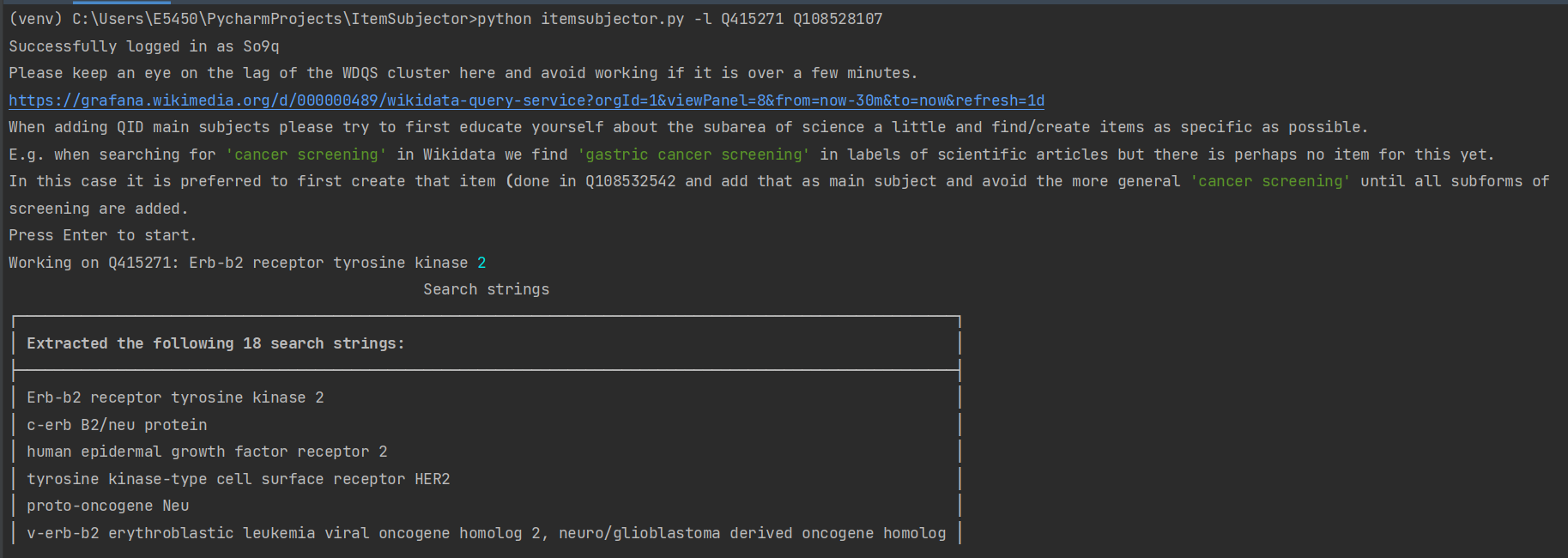TEI Publisher Named Entity Recognition API
This repository contains the API used by TEI Publisher's web-annotation editor to detect entities in the input text.
Named entity recognition is based on spaCy and python. Within TEI Publisher the services communicate as follows:
- TEI Publisher extracts the plain text of a TEI document, remembering the original position of each text fragment within the TEI XML
- The plain text is sent to the
/entitiesendpoint of the named entity recognition API, which returns a JSON array of the entities found - TEI Publisher re-maps each received entity back to its position in the original TEI XML and creates an annotation, which is inserted into the web annotation editor
Installation
-
Install dependencies by running
pip3 install -r requirements.txt -
Download one or more trained spaCy pipelines, e.g. for German:
python -m spacy download en_core_web_sm -
Start the service with
uvicorn main:app --reload --port 8001
8001 is the default port configured in TEI Publisher.
API Documentation
You can view the API documentation here: http://localhost:8001/docs


